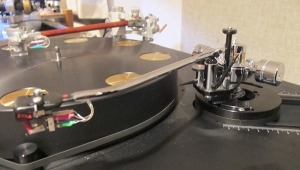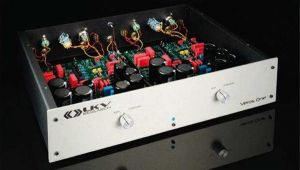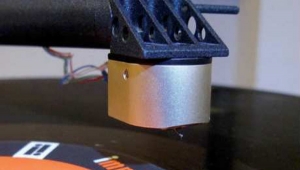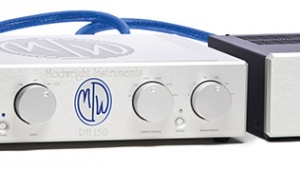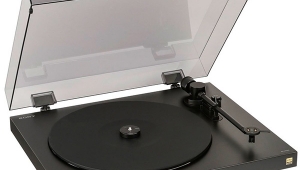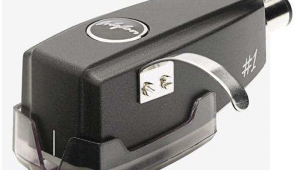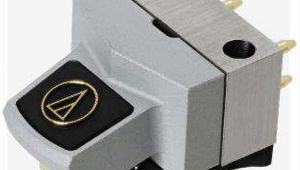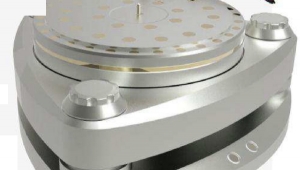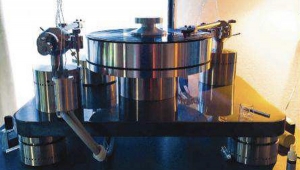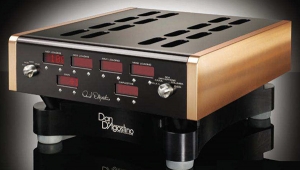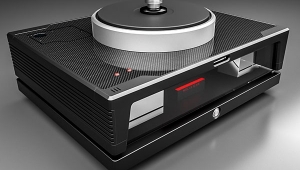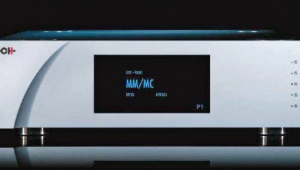| Columns Retired Columns & Blogs |
This is the first time I can follwo the calculation of ratio and loading, so I am able to calculate the right windings for my (unusual types of) cartridges.
Q: with the Zesto, did your calculated values give the best sound results or did you end - after trial and error - with other switsch positions?
(the Yuko Mabuchi Trio I got on r2r)


